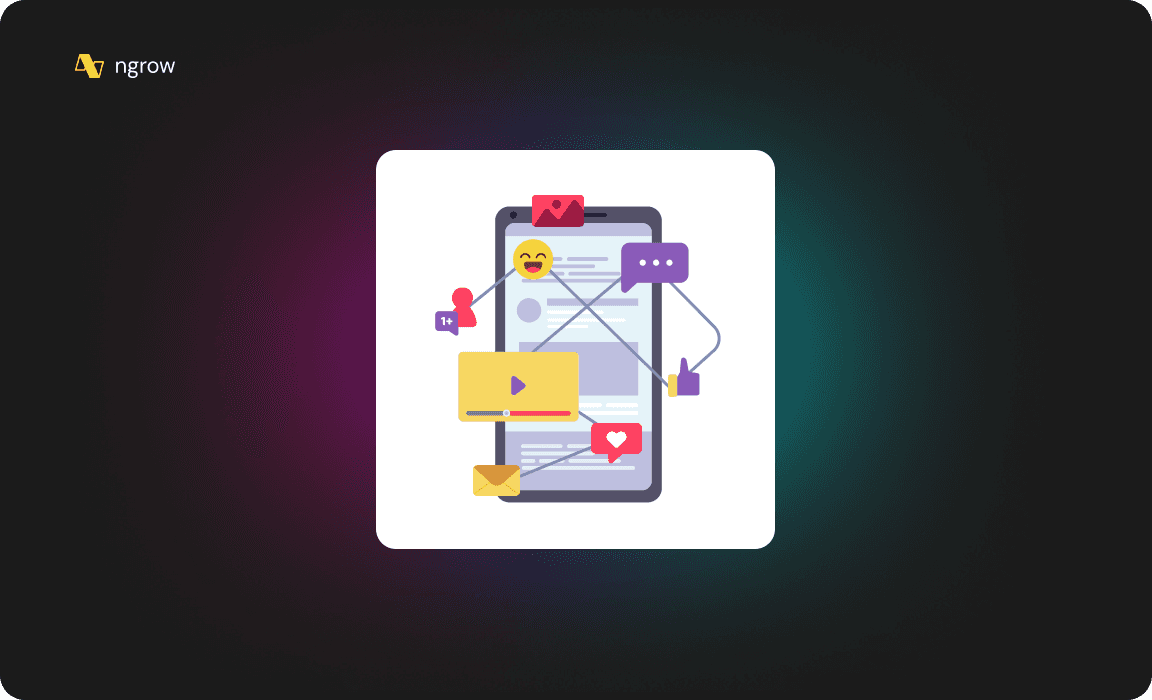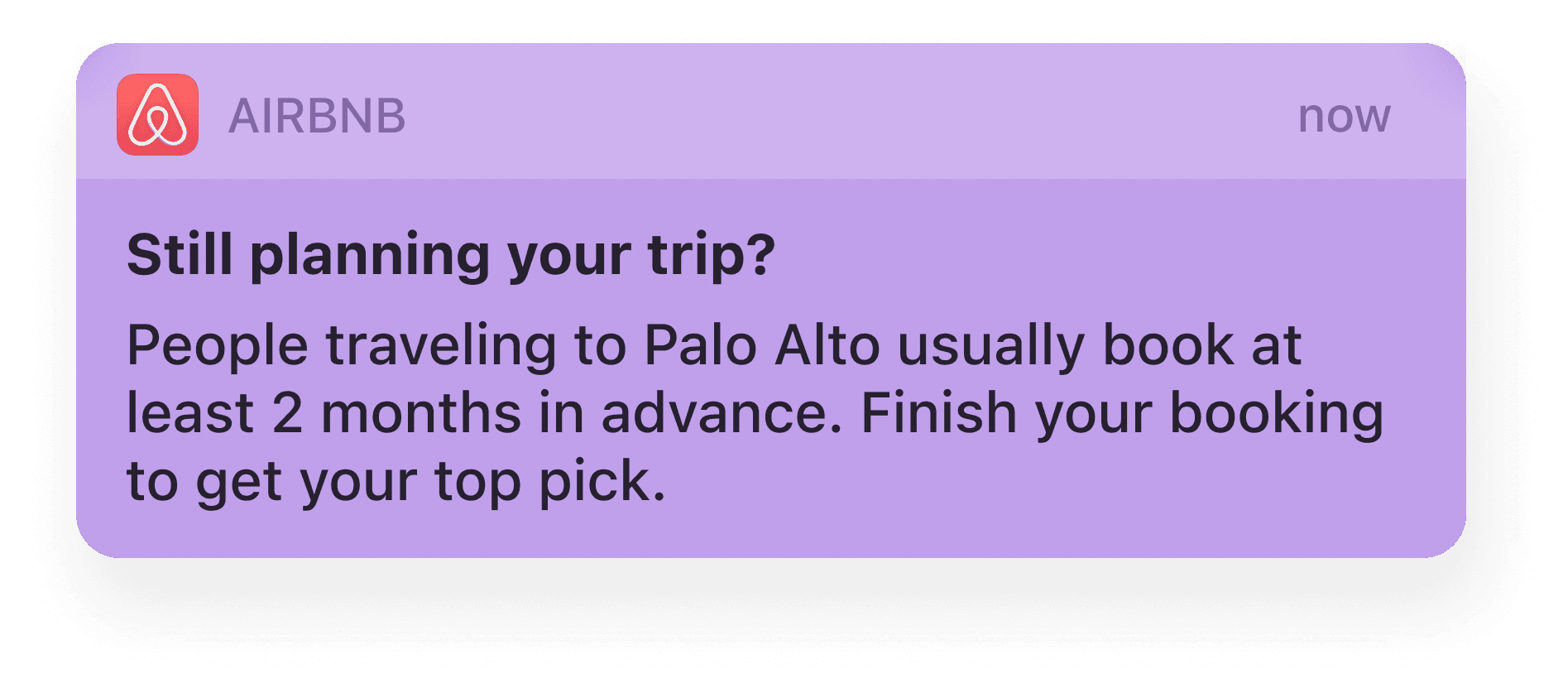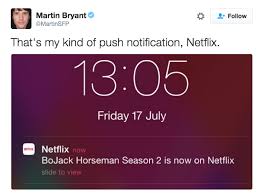2
min to read
Mar 22, 2024

In today's digital landscape, users are increasingly accessing content and services across multiple devices, from smartphones to tablets to desktop computers. To keep up with this trend, businesses must adopt a cross-platform approach to push notifications, delivering consistent and engaging experiences across all devices and platforms. In this article, we'll explore the importance of cross-platform push notifications and how businesses can unify their engagement strategies across devices for maximum impact.
The Importance of Cross-Platform Push Notifications
Cross-platform push notifications offer a number of benefits for businesses looking to engage with users across multiple devices. Here are some key reasons why cross-platform push notifications are essential:
Consistency: By delivering consistent push notifications across all devices, businesses can ensure that users receive a seamless and unified experience, regardless of the device they are using.
Engagement: Cross-platform push notifications can help to increase user engagement, driving higher conversion rates and fostering brand loyalty.
Retention: By delivering timely and relevant push notifications across all devices, businesses can re-engage users who may have become inactive, reducing churn and driving higher retention rates.
Strategies for Unifying Engagement Strategies Across Devices
To maximize the impact of cross-platform push notifications, businesses must adopt a unified engagement strategy that delivers consistent and engaging experiences across all devices and platforms. Here are some key strategies for unifying engagement strategies across devices:
1. Consistent Branding
Consistent branding is crucial for creating a unified experience across all devices. By using consistent branding elements, such as logos, colors, and messaging, businesses can ensure that users recognize and engage with their brand, regardless of the device they are using.
2. Personalization
Personalization is a key strategy for delivering engaging and relevant push notifications across all devices. By tailoring messages to individual preferences and behavior patterns, businesses can create a more personalized and engaging experience for users. Personalization can help to build a stronger connection with users, fostering brand loyalty and encouraging repeat usage.
3. Timing
The timing of push notifications is also crucial for delivering engaging and relevant experiences across all devices. By analyzing user behavior and preferences, businesses can identify the optimal times to send push notifications, ensuring that they are received and acted upon during key micro-moments.
4. Value Proposition
The value proposition of push notifications is another key factor for delivering engaging and relevant experiences across all devices. Push notifications should offer immediate value to users, providing them with relevant and timely information that can help to drive desired actions. Whether it's promoting a sale, announcing a new product, or providing personalized recommendations, push notifications should offer immediate value to users, encouraging them to engage further with the brand.
5. Frequency
The frequency of push notifications is also important for delivering engaging and relevant experiences across all devices. Finding the right balance is crucial for maximizing the impact of push notifications. Sending too many push notifications can lead to user fatigue and decreased engagement, while sending too few can result in missed opportunities for engagement and retention.
6. A/B Testing and Optimization
To maximize the impact of cross-platform push notifications, businesses should continuously test and optimize their messaging strategies. A/B testing different message formats, timing, and content can help identify what resonates best with users and drive higher engagement rates. By analyzing performance metrics and iterating on successful approaches, businesses can refine their cross-platform push notification strategy for optimal results.
Case Studies: Successful Implementation of Cross-Platform Push Notifications
1. Airbnb
Airbnb, a popular travel booking platform, leverages cross-platform push notifications to deliver a consistent and engaging experience across all devices. By sending personalized and timely push notifications, Airbnb has been able to increase user engagement and retention, encouraging users to continue using the platform and exploring new travel destinations.

2. Netflix
Netflix, a leading streaming service, uses cross-platform push notifications to provide personalized recommendations and updates on new releases. By delivering relevant and timely messages across all devices, Netflix has been able to increase user engagement and retention, encouraging users to continue using the service and exploring new content.

Conclusion
Cross-platform push notifications offer a powerful tool for businesses looking to engage with users across multiple devices. By unifying engagement strategies across devices and platforms, businesses can deliver consistent and engaging experiences that drive higher engagement and retention rates. By leveraging consistent branding, personalization, timing, value proposition, frequency, and A/B testing, businesses can optimize their cross-platform push notification strategy for maximum impact, delivering engaging and relevant experiences that foster long-lasting relationships with their audience.



